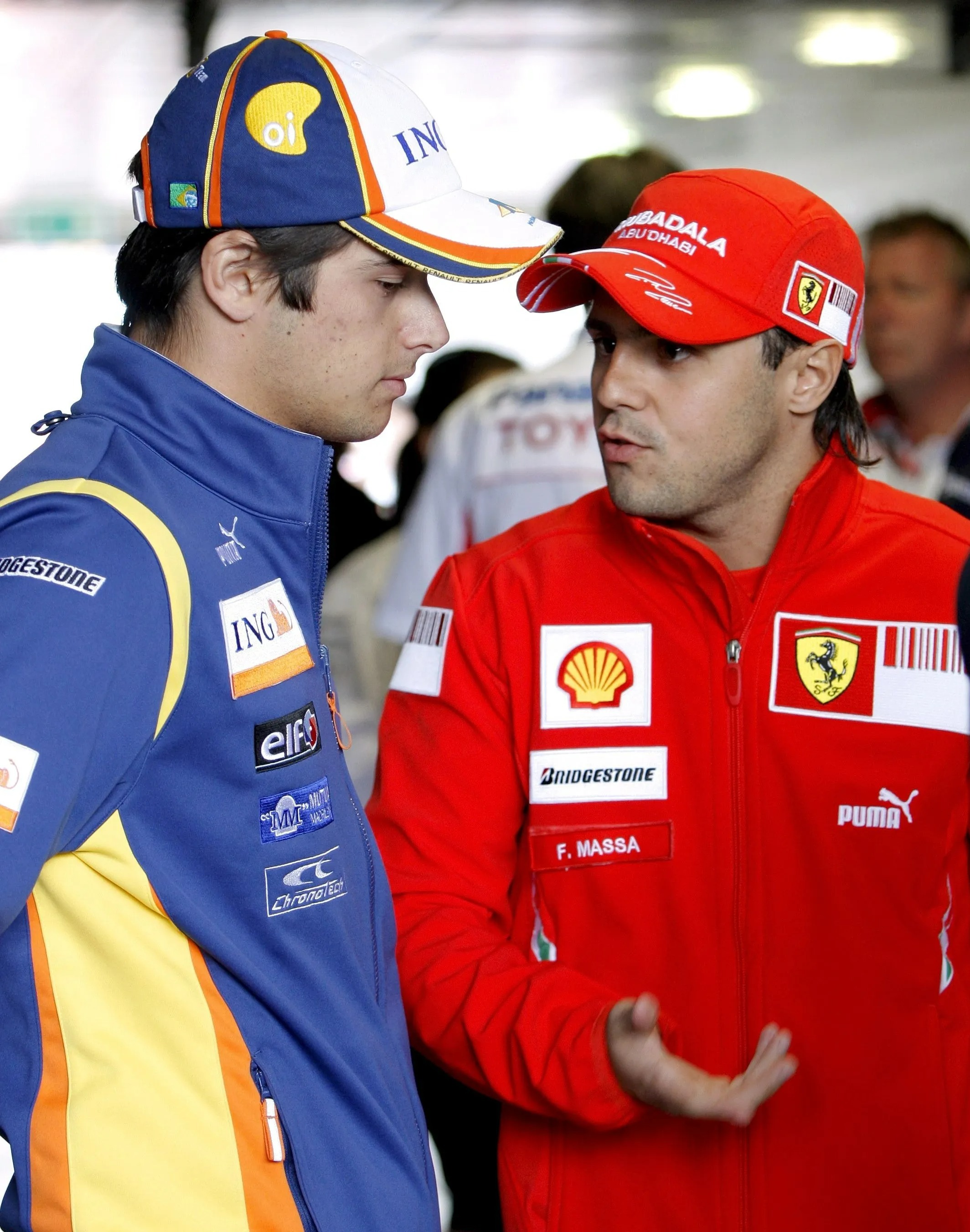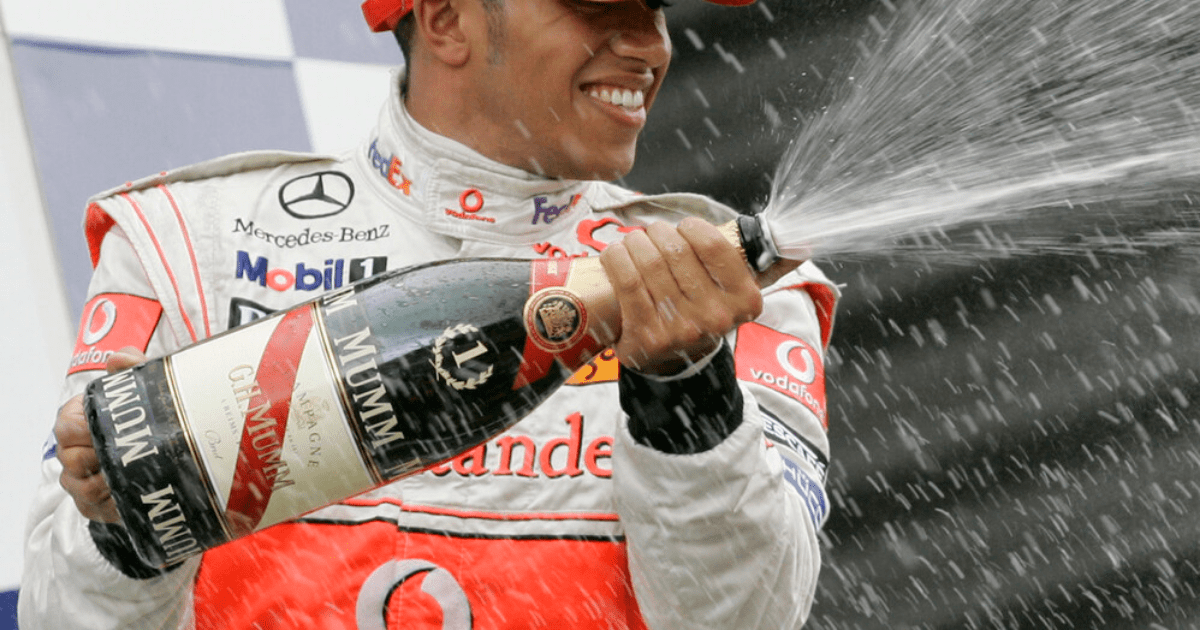Legal Challenge
Former Ferrari driver Felipe Massa has filed a lawsuit against F1, the FIA, and Bernie Ecclestone over the controversial 2008 season.
Lost Earnings
Massa is seeking over £62m in damages, claiming he lost earnings after missing out on the world championship due to the Singapore GP crash.
Controversy Unveiled
The lawsuit revolves around Nelson Piquet Jr's crash in Singapore, which Massa believes cost him the 2008 championship title.
Legal Action
Despite not aiming to overturn Hamilton's win, Massa is pursuing legal action for what he believes was a wrongful outcome in the 2008 season.

Frequently Asked Questions
How are F1 cockpits designed to enhance driver safety and comfort?
F1 cockpits were designed with driver safety and comfort as the primary focus. Safety is enhanced through the use of survival cells constructed from carbon-fiber composites, padding, and the halo device as mentioned earlier. The seats are custom-molded for each driver, providing a comfortable and secure fit. Cockpit dimensions are regulated to provide adequate space for driver extraction, with all controls designed to be accessible within the driver’s reach without removing hands from the steering wheel.
How does technology affect F1 racing strategy?
F1 strategies rely heavily on technology. This includes real-time analysis of data, predictive modelling, and simulation. Teams examine a variety of data, including tire performance metrics and weather predictions, in order to make informed decisions on pit stops. Advanced software models and machine learning can simulate race situations to create the most effective strategy. Teams then adapt their strategies during the race based on the data they collect and the conditions that are changing.
What kind of communication systems do F1 teams use during a race?
F1 teams use sophisticated communications systems to keep in constant contact with the driver, race engineers and strategists throughout a race. The systems use radio communications for voice transmission and telemetry data transmission. Teams use digital encryption radio systems to ensure clear communication, even in noisy environments. Teams can use these systems to make real-time decision and provide drivers with crucial information about the performance of their cars, race strategy and competitors’ status.
How do the rules of Formula 1 influence car design and technology?
The Formula 1 regulations or rules set forth by the FIA has a significant impact on vehicle design and technology. These regulations include parameters such as vehicle dimensions, engine specs, aerodynamic features, safety features and more. Teams must continually innovate to gain competitive advantage within these constraints. Rules are updated to promote safety, closer racing and sustainability.
How do F1 teams simulate car performance before actual races?
F1 teams use simulation tools to estimate car performance prior to hitting the track. Computational Fluid Dynamics is used for aerodynamics analysis, chassis and suspension models, and full scale wind tunnel testing. Additionally, teams employ driver-in-the-loop simulators, which allow drivers to experience virtual circuits and provide feedback on car handling. These simulations are used to help teams prepare for races by optimizing setups and strategy.
How has Formula 1’s ‘DRS’ system improved the overtaking?
The Drag Reduction System (DRS) in Formula 1 is designed to improve overtaking by reducing aerodynamic drag. The flap on the rear wing can open when certain conditions are met, such as when the car behind is within a second. This reduces the downforce, increasing speed while facilitating passing maneuvers. DRS is a way to combat the challenges of aerodynamic turbulent air from the lead car.
What are the benefits of hybrid engines in Formula 1?
Energy Recovery System (ERS) is a hybrid system that improves performance and engine efficiency. ERS can store energy that would otherwise be lost due to braking or heat dissipation. The system allows drivers to use additional power provided by a kinetic-energy recovery system (KERS) or a heat-energy recovery system.
Statistics
- Since the hybrid power units were introduced in 2014, thermal efficiency has increased from around 29% to surpass 50%, a remarkable figure compared to standard road car engines.
- The energy recovery system (ERS) in modern Formula 1 cars can provide up to 161 horsepower of additional power for approximately 33 seconds per lap.
- A Formula 1 steering wheel is one of the most complex components of the car, costing up to $50,000 to produce.
- Formula 1 cars can achieve lateral acceleration in excess of 5 g during cornering, which is about five times the force of gravity.
- The drag reduction system (DRS) can increase a Formula 1 car’s straight-line speed by approximately 12-15 km/h when activated.
- Computational fluid dynamics simulations are capable of calculating around 300 million mesh points to simulate airflow around a Formula 1 car.
- Formula 1 engines can rev up to 15,000 RPM, a decrease from the 18,000 RPM limit set prior to the 2014 regulation changes.
- Modern Formula 1 car chassis are required to withstand a frontal crash test with a peak deceleration of no more than 25 g.
External Links
formula1.com
autocar.co.uk
wired.co.uk
motorsport.com
mercedesamgf1.com
formula1.com
sauber-group.com
renaultsport.com
How To
How to Identify Pit Stop Technology Improvements
To see how innovations and team strategies are implemented in the real world, observe and compare pits stops during race events. Read articles that delve into the design and usage of pit stop equipment like wheel guns and jacks. Learn about the choreography and training of the pit crew. Also, look at new technologies like wheel nut and automated jack designs that reduce pit stop time.
Did you miss our previous article…
https://www.sportingexcitement.com/formula-1/geri-halliwell-steps-out-solo-amidst-husbands-f1-scandal/

